Sustainable materials from waste
Our research is driven by a vision of recycling and upcycling waste. Natural polymers extracted from biomass waste serve as renewable and eco-friendly building blocks for next-generation materials. At the same time, the global challenge of plastic pollution inspires us to develop smart methods for converting plastic waste into functional feedstocks.
By integrating chemistry, materials science, and environmental engineering, we design innovative materials for water purification, catalytic systems, environmental sensing, ground improvement, and more. Through creative science and sustainable thinking, we aim to transform waste from an environmental burden into a source of solutions for a cleaner, more sustainable future.
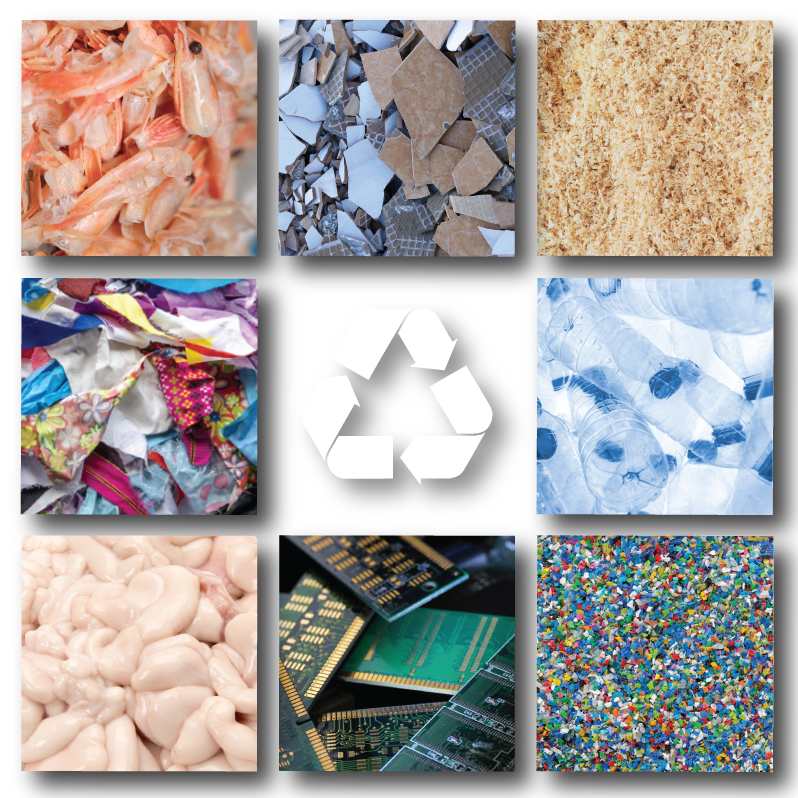
Materials form Waste Plastic
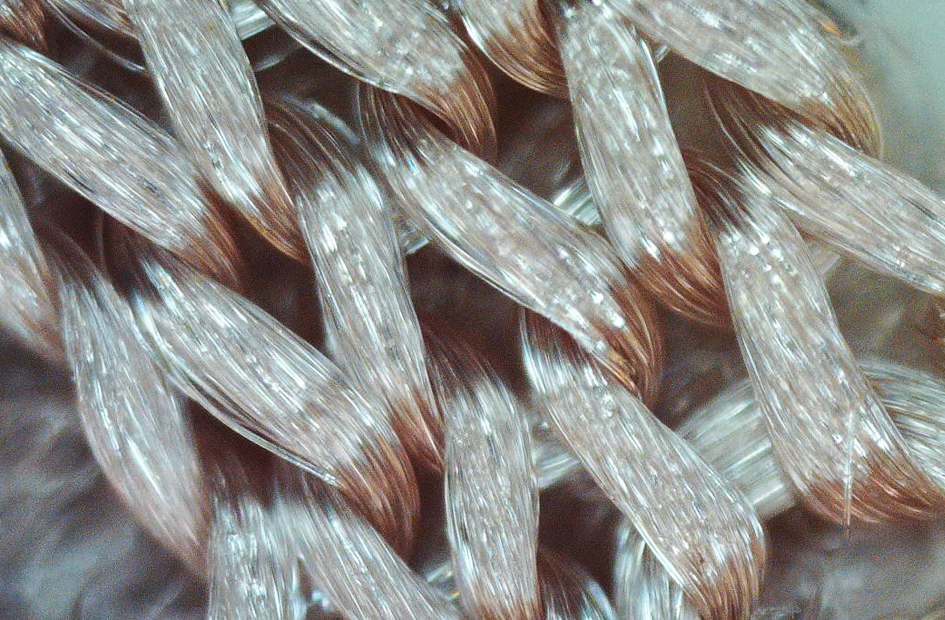
Image: waste PET fabric metallized with catalytic gold nanoparticles (brown areas)
To ensure the sustainable use of natural resources and promote material circulation, there is a growing need for efficient methods to convert plastic waste into higher-value chemicals and to develop scenarios for their utilization. We are developing such conversion methods to create functional materials applicable in environmental and civil engineering.
- Upcycling of PET fibers and fabrics to catalytic materilas (J. Chem. Eng. 2025)
- Waste PET bottles conversion to hydrogel adsorbents (J. Environ. Chem. Eng. 2021, Gels 2023), magnetic powder adsorbents (J. Environ. Chem. Eng. 2022), hydrogel catalysts(Waste Manag. 2023), and hybrid plastic-clay magnetic adsorbents (Chemosphere 2024).
- Waste PET (J. Environ. Chem. Eng. 2022) and PE and PP (Chemosphere 2024) waste plastics conversion to fluorescent nanomaterial (carbon dots).
functional materials from DNA
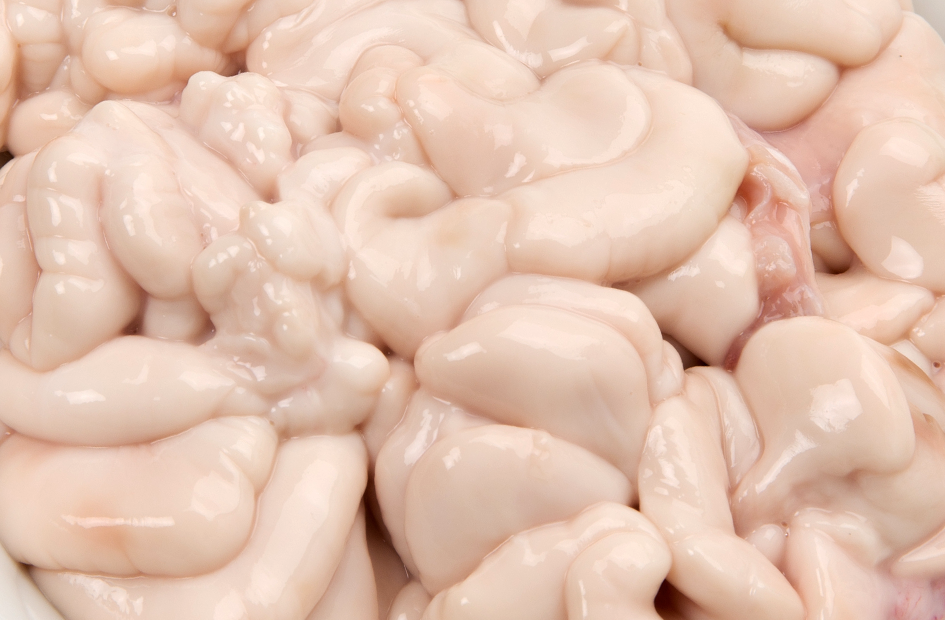
Image: salmon milt waste containing ca. 10% of DNA
Nucleic acids (DNA) can be extracted from fish milt, a waste product of the fishery industry. The unique chemical structure of DNA makes it attractive for applications involving metal ion binding and the formation of metal nanostructures, which are useful in nanoelectronics and catalysis. Recently, we have focused particularly on the design and application of DNA hydrogels as functional materials.
- Fluorescent nanomaterials from DNA for sensing of environmental pollutants (Nanomaterials 2021, Biosensors 2021).
- Removal of heavy metal ions (J. Hazard. Mater. 2009), industrial dyes and pharmaceuticals (Gels 2021) and extraction of noble and rare-earth metals using DNA-based materials (ChemPlusChem 2013)
- DNA-based materials (hydrogels, thin films, etc.) for templating and nesting of catalytic nanoparticles (ACS Applied Mater. Interfaces 2014, J. Nanopart. Res. 2016, Colloid Polym. Sci. 2019, ACS Applied Bio Mater. 2021, ACS Appl. Polym. Mater. 2021)
Materials from marine waste
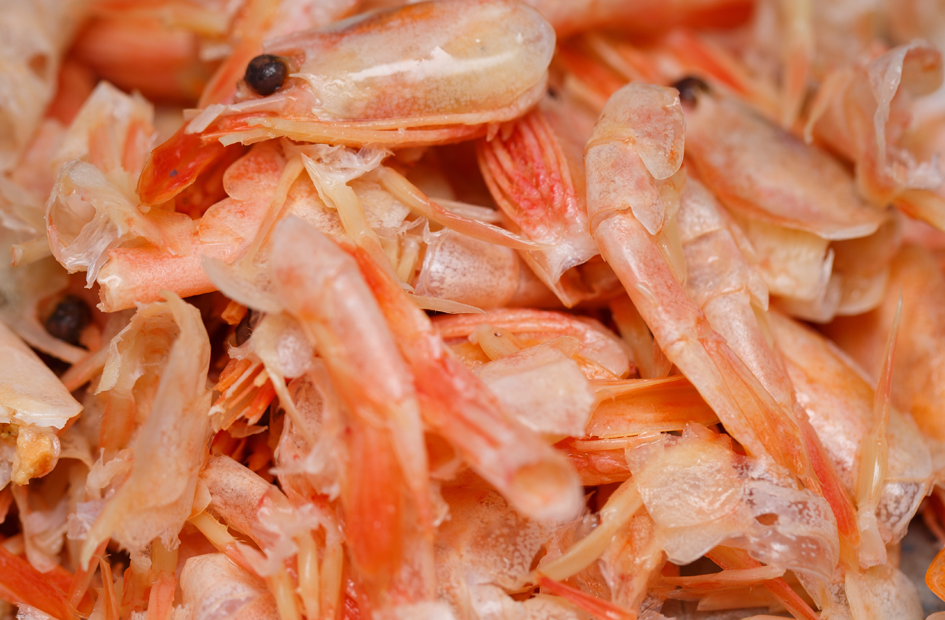
Image: shrimp shell waste containing 30-40% of chitin
Chitin is an inexpensive and abundant polysaccharide that can be extracted from marine waste such as shrimp and crab shells. Chitosan, a cationic polymer derived from chitin via deacetylation, has been widely explored for use in food, cosmetics, and environmental applications. Its positive charge—uncommon among biomass-derived polymers—makes it a unique choice for constructing functional systems in combination with anionic polymers or colloids.
- Removal of pharmaceutical pollutants using biochars and hydrochars prepared from the marine waste (Bioresour. Technol. 2024) and its mixture with plastic waste (Waste Manag. 2025).
- Removal of heavy metals, dyes, and other environmental pollutants using chitosan-based adsorbents such as chitosan magnetic beads (Chem. Eng. J. 2018), hydrogels of chitosan with DNA (Gels 2021) and biomass nanofibers (Gels 2024).
- Removal of Cs+ ions as an approach for treatment of radioactive Cs+ pollution (J. Hazard. Mater. 2019)
Char adsorbents from waste
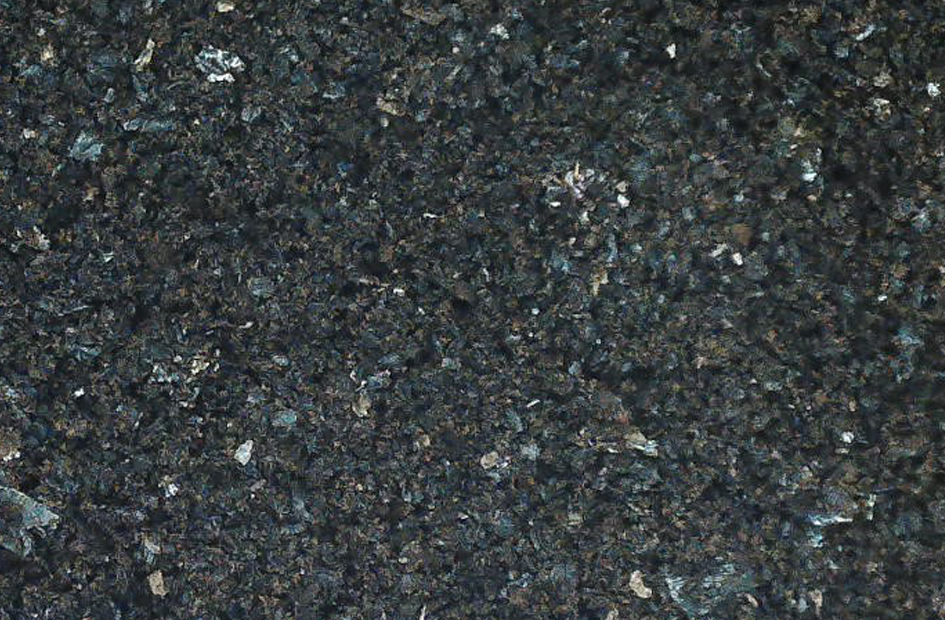
Image: mixed char of chitosan and PET
Carbon materials can be produced from plastic and biomass waste via hydrothermal or pyrolysis processes. Bulk carbon materials such as chars—with their high porosity—are used for environmental cleanup, especially for adsorbing pollutants from water and soil. Controlled thermal decomposition also allows the production of carbon nanomaterials like carbon dots, which can be applied in sensing.
- Removal of pharmaceutical pollutants using biochars and hydrochars prepared from the marine waste (Bioresour. Technol. 2024) and its mixture with plastic waste (Waste Manag. 2025).
- Waste PET (J. Environ. Chem. Eng. 2022) and PE and PP (Chemosphere 2024) waste plastics conversion to fluorescent nanomaterial (carbon dots).
Soil improvement by biomass polymers
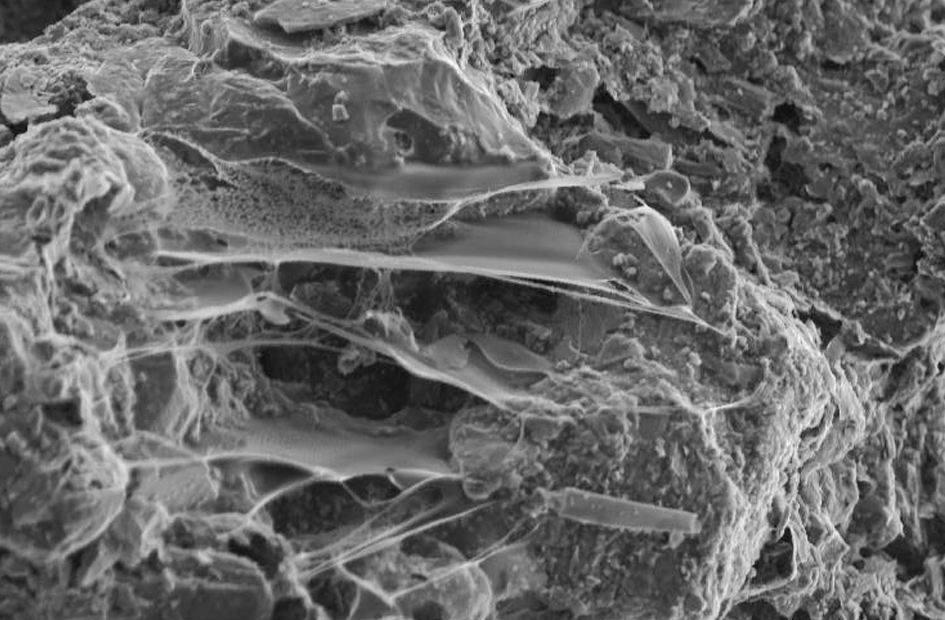
Image: films of chitosan-based reinforcement material in soil
Biomass-derived polymers are increasingly used as eco-friendly functional materials across agriculture, environmental, and chemical engineering fields. We are developing methods to improve soil, sand, and clay using treatment formulations based on renewable polymers derived from biomass waste. These systems offer sustainability and environmental compatibility, and can also be used for soil pollution control.
- Soil improvement by biomass-derived polymer networks (J. Environ. Chem. Eng. 2022) and pollutants immobilization (J. Env. Chem. Eng. 2024)